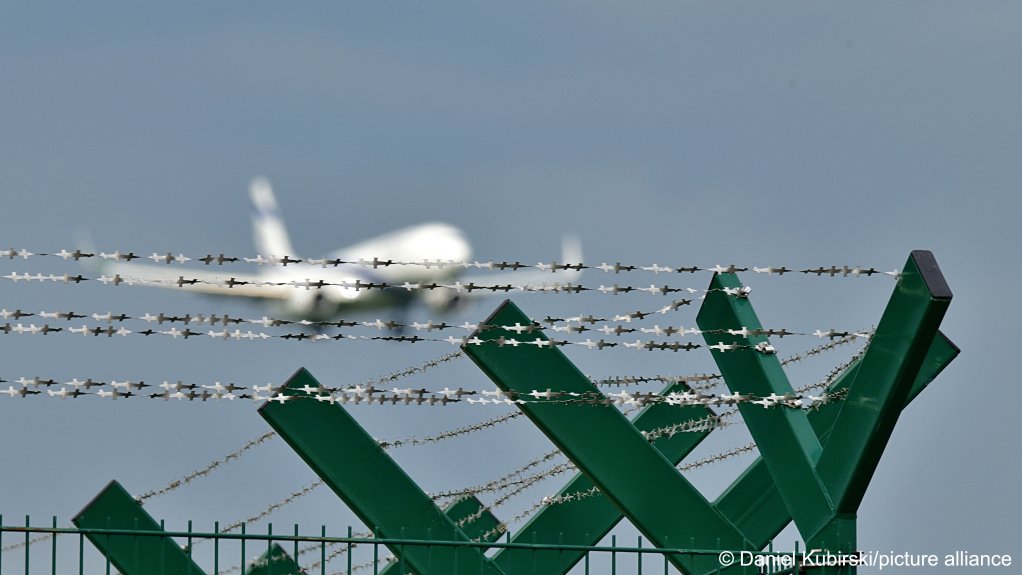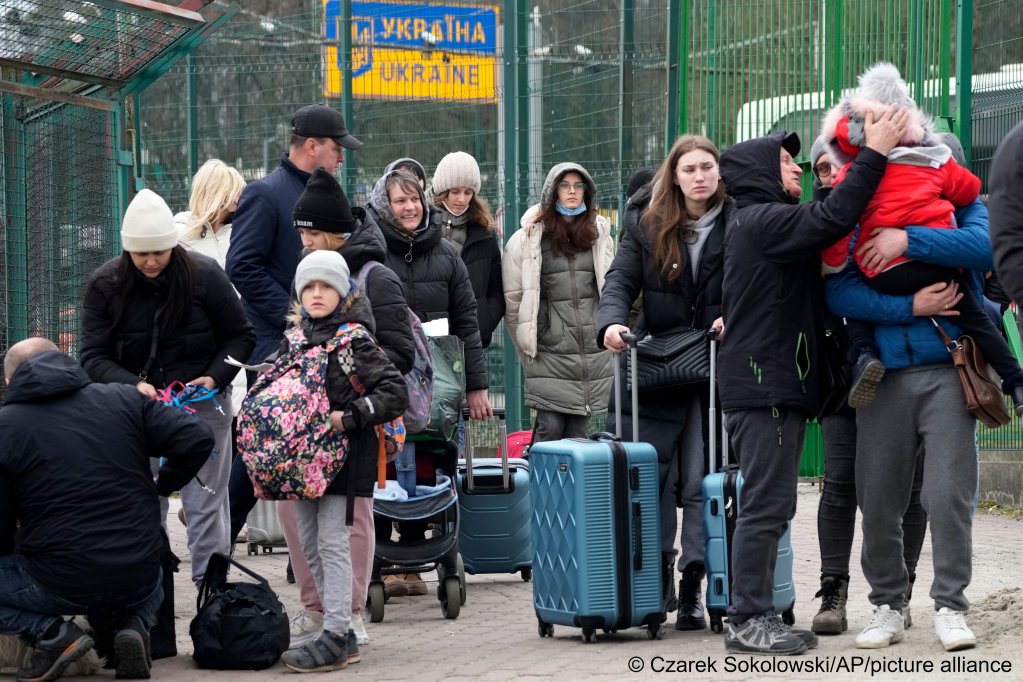Over 3 million people were seeking protection in Germany by the end of 2023, marking a rise compared to the previous year. This is according to statistics released by the government, highlighting trends and currents in migration to Germany.
By the end of 2023, almost 3.2 million people in Germany were registered as having filed asylum requests or seeking protection on other grounds. This marks an increase of nearly 100,000 individuals compared to the previous year, as Germany continues to lead the list of EU countries with people seeking protection in absolute numbers.
According to the Federal Office for Statistics (Destatis), most people seeking protection in 2023 came from Ukraine, totaling 977,000 cases.
In second place, there were 712,000 people from Syria, marking an increase of 6 percent in applications compared to the previous year.
More than 323,000 Afghans made up the third biggest group of people seeking safety in Germany, up by 13 percent compared to the previous year.
Iraqi and Turkish nationals meanwhile took up the fourth and fifth largest demographics, with 200,000 and slightly more than 150,000 individuals applying for protection in Germany in 2023, respectively.
These five nationalities combined accounted for about 75 percent of all people seeking protection last year, as the number of arrivals of asylum seekers continues to rise across Europe.

Also read: How one Iranian LGBTQ+ activist found a new life in Germany
Authorities more efficient in processing applications
More than 2.5 million people had their protection status granted by the end of last year, the statistics report further highlighted -- that's 12 percent more than the number processed by the end of the previous year.
The vast majority of applicants, however, were only given temporary protection status, which means that if the political landscape in their country of origin were to change in a way that they would no longer be considered to be under persecution there, they would be asked to return home.
About half the people who were granted a temporary residence status under these premises were reported to have obtained this through a straightforward asylum procedure.
However, others obtained their temporary residence and protection by other means, such as Ukrainians using the blanket granting of protection to those fleeing the war in their country by the EU.
Also read: German Interior Minister reports success of migration policy
Rise in deportations and deportation attempts
Meanwhile, there were 189,000 instances of people whose asylum applications were rejected or who lost their protection status in Germany.
This does not automatically mean than they will be deported, as there are still other forms of residency open to many such as the "Duldung" method.
However, overall deportation rates have been rising again in Germany in recent months. In fact, in the first quarter of 2024, nearly 4,800 individuals were deported from Germany after their attempts to be granted any kind of residency permit had failed.
This marks a 30% increase compared to the same period last year, according to a report in the daily TAZ newspaper, as the government has announced plans to take cases of failed asylum more seriously.
The majority of those deported back to their home countries so far this year hail from North Macedonia, which is considered a safe country of origin. Similarly, people from safe countries like Georgia and Serbia were also among those sent back home.
The TAZ report also highlighted that in an additional 7,050 cases, German authorities had failed to deport individuals -- usually because their whereabouts were unknown.

Furthermore according to the Federal Office, the protection status of 455,000 people was still under review at the end of 2023 due to pending decisions.
This is 20 percent smaller than the open caseload at the same time in the previous year.
Also read: Germans fear migration more than climate change, study finds
Parity between male and female applicants - on paper
The statistical data also revealed the federal states with the most people seeking protection per capita.
The city states of Bremen, Hamburg and Berlin lead the list with 5,5 percent, 4,1 percent and 4 percent respectively, followed by the next smallest state of Saarland, with 4,6 percent per capita.
The lowest rates were recorded in Brandenburg (2,1 percent), Bavaria (2,2 percent) and Mecklenburg-Western Pomerania (2,3 percent).
Also read: Germany: Chance of obtaining asylum varies by region
Other information revealed in the data includes the average age of people seeking protection. An average asylum seeker or refugee is 32.2 years old -- considerably younger than Germany's average age, which is 44.6.

One trend that has changed in recent years is the fact that the rate of male and female refugees and asylum seekers has almost reached parity, with 49% of all registered people seeking protection in Germany being identified as women.
However, this is largely due to the fact that the vast majority of people fleeing Ukraine are women, while the majority of asylum seekers coming from the Middle East, Africa and Asia typically consist of men.
Also read: European Parliament election: Party stances on migration
with Reuters, dpa, EPD
